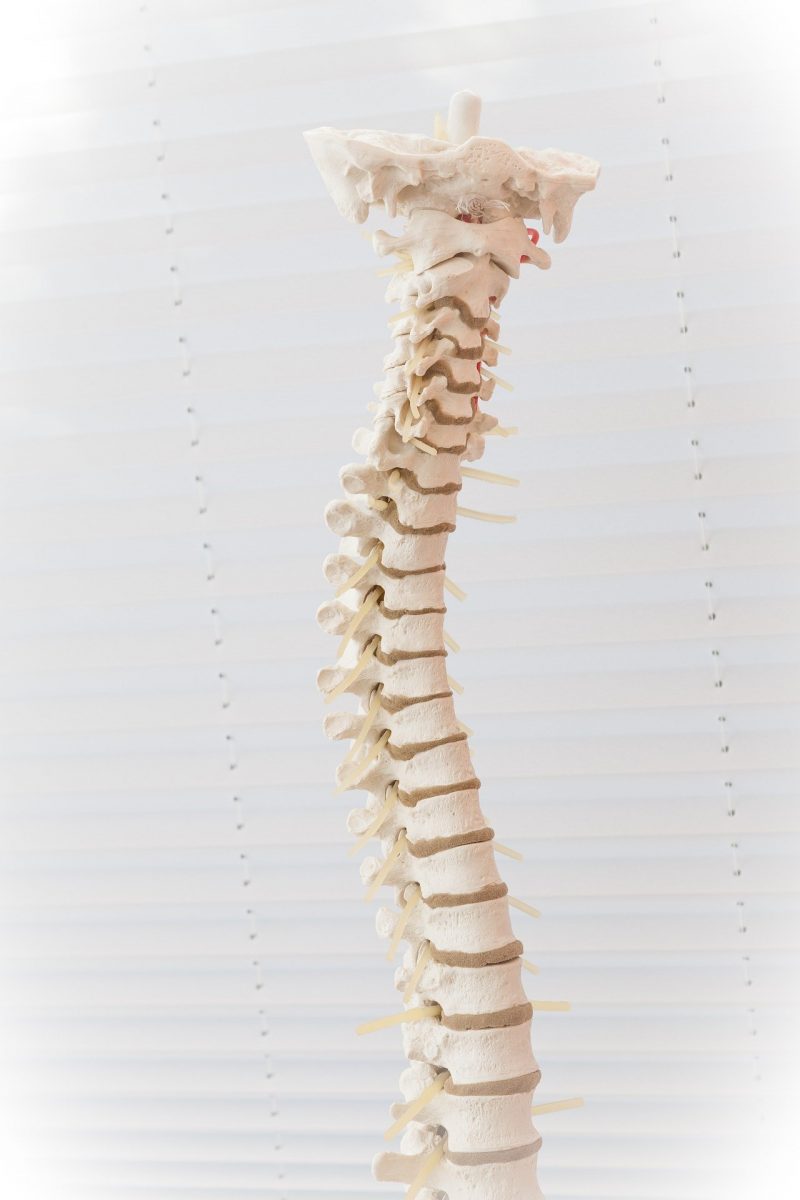
Why do herniated discs pose so much risk
Professionals at Sukumvit Hospital can now treat painful herniated discs using minimally-invasive surgical technology.
In a recent case, a 40 year old patient visited Sukumvit Hospital with a serious case of a herniated spinal disc. As he had been a worker in a factory in Prachinburi for years, he often experienced forms of back pain but he did not take it too seriously. However, as of six months ago, the pain became unbearable to deal with as it began referring pain around his back and down his leg.
Before paying a visit to Sukumvit Hospital, he visited another doctor who suggested he start taking painkillers and doing some physical therapy. However, despite the medication the pain continued to get worse. It got to the point where it was difficult to walk due to limb weakness and as a result he could no longer go to work or remain mobile for too long. Worried, his wife decided to take him to Sukumvit Hospital for treatment.
At the hospital he was under the care of Dr. Poonsak Artamnuayvipas, a spinal surgeon from the hospital’s Spine Surgery Centre, who diagnosed that the patient was suffering from a severe case of a herniated disc from the symptoms he was experiencing. Dr. Poonsak explained that a herniated disc will go through many stages and continue to deteriorate if left untreated. This leaves the disc at risk of becoming severely damaged beyond repair.

Dr Poonsak Artamnuayvipas – Spine Surgeon
The first symptom a patient experiences is often severe sharp pain that can cause a lot of suffering and discomfort. If left for too long, and the disc moves too far out of place, the patient is at risk for permanent nerve damage and other long-term complications. These include functional limb weakness and bladder and bowel dysfunction due to the disruption of nerves.
One misconception is that herniated discs usually occur in elderly patients. However, Dr. Poonsak explains that younger patients can also have herniated discs as a result of an accident or injury. In this particular case, many factors contributed to the condition, including having to continuously lift heavy weights. But because the patient had left the disc untreated over time, it began substantially affecting his nervous system and ability to walk.
Spinal discs act like shock absorbers in the spine, they act as ligaments that hold the spine together, and they allow for mobility. When too much pressure is put on these discs, there is a chance that the disc will slip out of place and cause complications. In elderly patients, the reason for herniated discs are often different as with age these discs naturally become less strong.
After an initial diagnosis, the patient was put through a magnetic resonance imaging (MRI) that allowed the doctor to see the displacement of the disc, to which he said “a herniated disc goes through many stages. During the first stage when it is minor, patients can use a combination of physical therapy, exercise, and avoiding having to life heavy objects to control the condition. If the displacement is between 25% and 50% there are other options, such as using a combination of laser treatment and physical therapy to alleviate some symptoms.
However, in this case because the disc is severely displaced, surgery is required. In the past, fixing a condition like this would require making a large wound, cutting through layers of muscle tissue and bone, and moving the spinal nerve before being able to remove the damaged disc. This is a very painful procedure that requires a lot of recovery time.
Thanks to new technological developments, patients suffering from herniated discs now have the option of a minimally-invasive procedure called a Full Endoscope Discectomy. The procedure involves making a small incision (approximately one centimetre in size) in which a camera emitting pictures and video to a monitor is inserted. Using this, the surgeon then applies various surgical instruments to remove the herniated disc with precision, minimising the damage done to the surrounding nerves, bone and muscle tissue.
There are many advantages to using this cutting edge procedure. Considering it requires only a small wound and no major loss of blood, the recovery time is much faster in comparison to other surgical techniques. After one to two weeks patients can return to work as normal just as long as they refrain from lifting heavy objects and sitting in the car for too long. Patients are also recommended to use physical therapy and exercise to rehabilitate the muscles and strengthen the body to minimise the chance of injury in the future.
Sukumvit Hospital, began its operations in 1977. They have a modern hospital building with an entire team of doctors, specialists, nurses and assistants that have all been trained with the singular aim of helping their patients maintain optimum health. Their equipment, is state-of-the-art MRIs, Cath labs and a myriad of other departments, so that their specialists have the best available tools for diagnosis and treatment. Conveniently located on Sukhumvit Road with English speaking staff, Sukumvit Hospital is now ready for any emergencies or treatments.
Sukumvit Hospital
1411 Sukhumvit Road (Ekkamai BTS) Phrakanong Nua, Wattana, Bangkok, Thailand 10110
Tel: 02 391 0011
www.sukumvithospital.com Facebook: @sukumvithospital





